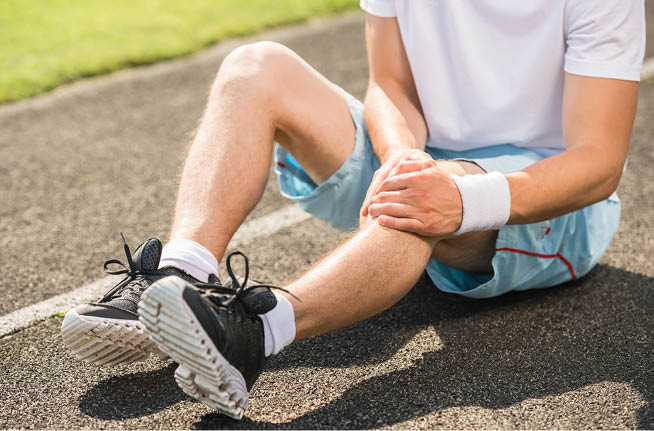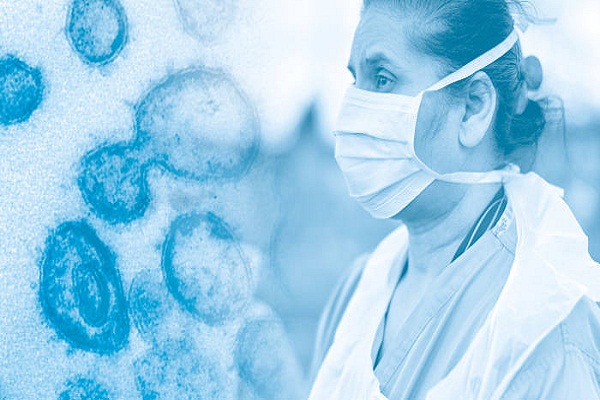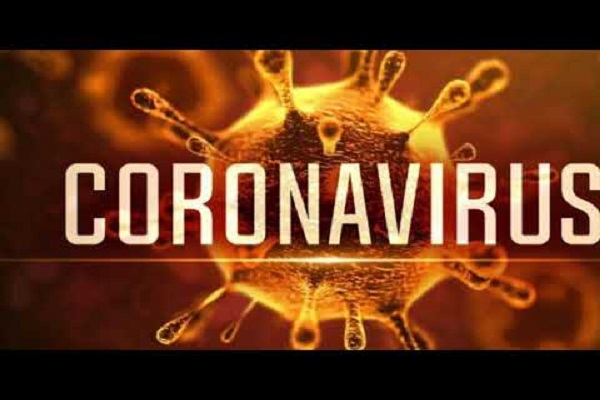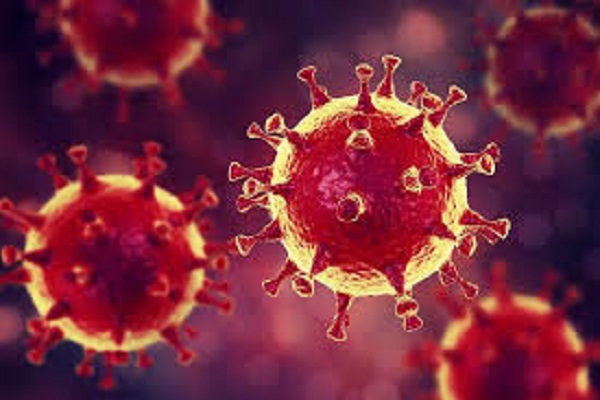Common sports injury myths busted
Despite the abundance of information related to sports injuries and prevention available in the public domain, many myths associated with injury recovery still prevail. These myths give patients unreasonable expectations about their recoveries. To help you know the truth, common myths related to sports injuries and the real facts based on research evidence, have been listed here.
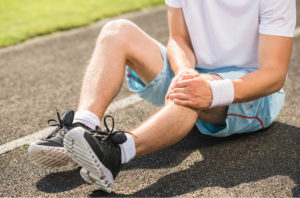 MYTH 1– Running will damage your knees
MYTH 1– Running will damage your knees

Recreational running will not damage the knees. In fact, running helps to make your bones and muscles stronger. Any joint pain after running could be a bio-mechanical problem or poor running mechanics.

MYTH 2– ACL tear is a career-ending injury
ACL tear is a major injury in an athletes career. However, it is in no way career ending. Arthroscopic surgery with an individualise rehab programme will help you to recover to your previous level of sport. Numerous national and international athletes have come back stronger from an ACL injury.

MYTH 3– I will get better if i do the exercises more than the prescribed limit

Doing more than prescribed can be counterproductive and delay recovery. Stick to the limit and take it easy. Trust your doctor.
MYTH 4– Rest is best
Complete rest in case of minor sprains/strains is not advocated. Activity modification rather than complete rest is the way to go. Even in major injuries, exercising other body parts can be a way to remain fit.
MYTH 5– Applying heat to treat an acute injury
Any acute injury causes inflammation which in turn leads to the sensation of pain. Cold therapy helps to reduce this swelling. Heat therapy, although may sometimes provide pain relief, will increase the swelling and lead to poorer outcomes.
MYTH 6– Running off a shin splint
Shin splints are overuse injuries of the bone which need rest and activity modification. You simply cannot run off a shin splint as it may lead to worsening of the condition and even a stress fracture. Consult a doctor.
MYTH 7– Glucosamine will treat my osteoarthritis
Glucosamine is only an adjunct used in the treatment of osteoarthritis (OA) and does not have any benefit independently. Exercise and activity modification remain the mainstay of treatment, with joint replacements being the answer to advanced 2 severe sosteoarthritis.
MYTH 8– No pain, no gain!
There is a popular belief that you need to go through pain in order to become stronger, but this is not the case. Exercises should be stimulating and challenging, but not to the limit of being painful. Consult a doctor if you feel pain during exercise or training.
MYTH 9– Ankle sprains happen to everybody all the time, I dont need to see a doctor
Ankle sprain is the most common sports injury and unfortunately has a lot of associated morbidity. It may involve a fracture, a ligament sprain or even a muscle or cartilage lesion. These injuries, if ignored in the beginning, could be a challenge to treat in the later stages.
MYTH 10– Being strong will prevent injury
If this was true, football players would never get injured. Honestly, any athlete can get injured at any time. Building muscle strength is definitely important to allow the body and joints to move against large acts of resistance, such as lifting, jumping, and running. But those muscles can still tear, tendons can rip, and bones can break ” especially if an athlete is over-exerting, fatigued, or dehydrated. Proper training and conditioning are still the best ways to lower the risk of injury.
Knowing these myths will not only help you set better expectations but also ensure that you are not doing anything that may inhibit the recovery process.
(Disclaimer: Dr. Deepak Chaudhary, Director, Arthroscopy & Sports Medicine Center, BLK Super Speciality Hospital. Views expressed are personal opinion.)
post_id:
uld_count:
Cookie not set
Value 1: 0
Value 2: 10




